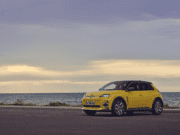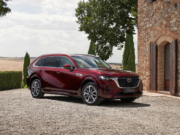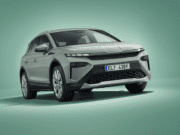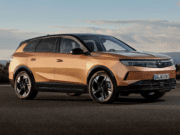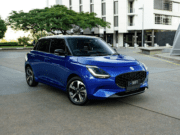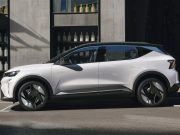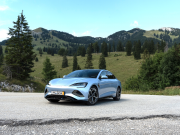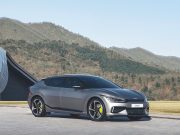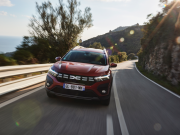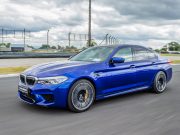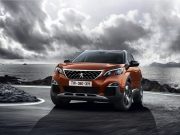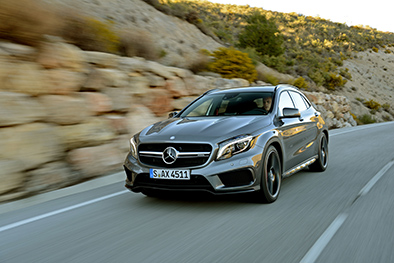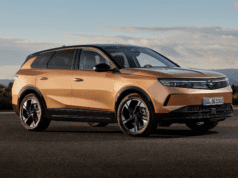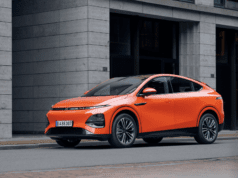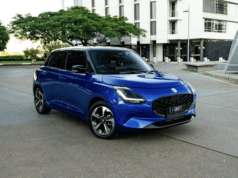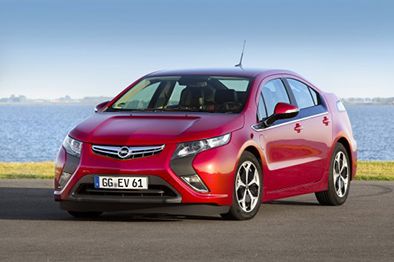
The Opel Ampera has been awarded five stars by the independent consumer organization Euro NCAP (European New Car Assessment Programme). With this, the first electric vehicle from a European manufacturer suitable for everyday use achieved the maximum safety level, joining the current Opel models also tested by Euro NCAP. The Opel Ampera scored more than the maximum points needed to achieve the top rating in all categories including occupant protection, child safety, pedestrian protection and safety assist. The five-door saloon also turned out top results in the side barrier test. The best values the Ampera achieved here are thanks to the combination of solid core body structure, rigid passenger cell and efficient restraint systems.
“It has been a long tradition at Opel to offer highest possible safety standards, and the Ampera impressively continues our leadership role in safety technology. The Ampera not only meets but exceeds the most stringent requirements for top ratings in each of the Euro NCAP test categories. This is a unique achievement we are very proud of,” says Opel Chief Executive Officer Karl-Friedrich Stracke.
The Ampera is the first car tested by Euro NCAP to score maximum points in the side pole impact test that has been mandatory since 2009. In this test, the car tested is propelled sideways at 29 km/h into a rigid pole that simulates a tree. Thanks to the outstanding crashworthiness and stiffness of the Ampera’s core body structure, occupants are very well protected. Crash impact protection is provided by an extremely rigid passenger cell. It has been designed to ensure the least possible deformation and the largest possible survival space in the event of a crash. To help dissipate high impact forces, the front, sides and rear of the passenger cell are protected by energy absorbing zones that deform in a controlled manner.
The electrical safety of the car was also checked after all of the impact tests. The battery pack of the Ampera, comprising 288 cells in nine different modules, is located in the centre of the vehicle, and the vehicle structure is built around it. Thanks to the clever vehicle structural design, the battery pack, is efficiently protected from both front and side crash impacts and remains in its location. While post-crash electric safety aims to achieve absence of high voltage, in an emergency, the high voltage battery pack can be easily disconnected by rescue parties. After a crash, the Ampera is required to have no electrolyte spilled into the passenger compartment, and no more than seven percent of the electrolyte can be found outside the passenger compartment and the battery.
The Ampera is the first electric vehicle to enable “go anywhere at any time” mobility. The five-door saloon offers space for four adults and their luggage, and will be on the market at the end of the year. A 16 kWh lithium-ion battery pack feeds the 111 kW/150 hp electric drive unit. Depending on driving technique, terrain and temperature, it delivers between 40 and 80 km of pure electric operation with zero emissions. Independent research shows that this is perfectly sufficient to meet the daily needs of 80 percent of European drivers, who drive less than 60 km per day. Whenever the battery has reached its minimum state of charge, the petrol engine automatically turns on and powers a generator to feed the electric drive unit. This extends driving range to over 500 km without the need to stop at a petrol station.
The Opel Ampera is due to be launched in Ireland in June 2012.





